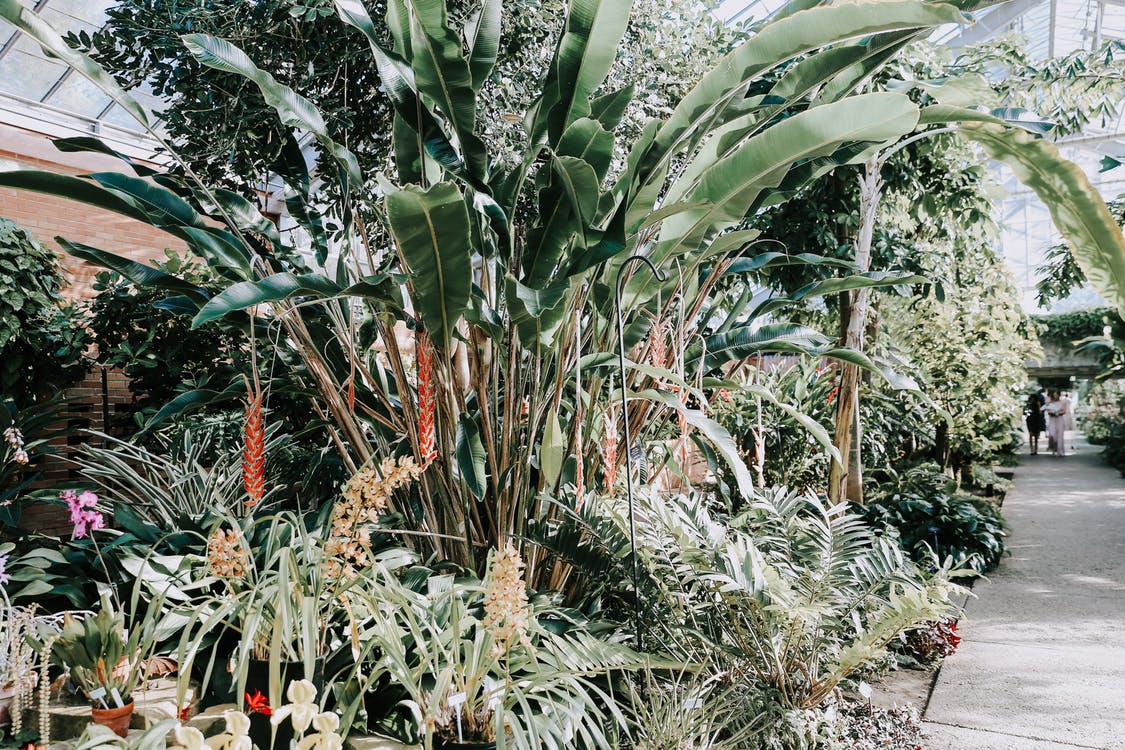As a gardener, you probably already know the warmer months of the year can be a terrific time to plant and cultivate greens.
However, don’t make the mistake of assuming this isn’t possible in winter. It’s still entirely possible to cultivate greens during the colder season. Sure, you’ll have to do so indoors, but this is a much better substitute than not participating in one of your favorite hobbies at all this winter.
To better understand how to grow greens indoors this time of year, consider the following essential points.
Set Up Your Garden
There are numerous ways you may wish to set up your indoor garden. Ideally, of course, you’ll have access to a greenhouse. This is the perfect spot for an indoor garden in winter.
That said, this isn’t an option for some people. Don’t worry if you’re one of them. If you don’t have a greenhouse, you can still purchase a six-pack of two-bulb shop lights. Make sure they are equipped with full spectrum grow lights, as these are necessary to (as the name implies) promote the growth of anything you plant.
All you have to do is find a space in your home for your indoor garden and install the lights on the ceiling of the room. You may want to suspend them from chains so their light more easily reaches your plants. The plants themselves can be kept in recycled polystyrene foam containers. Prepare the containers with a blend of half soilless potting mix, half compost. You can then transplant your greens from a garden to the containers.
Keep basic gardening practices in mind when choosing where to install your indoor garden. Some homeowners believe it’s a good idea to keep an indoor garden in a spot where it won’t get in the way, such as a cellar or similar location. However, many gardeners know it’s important to plant gardens in locations where they’ll be noticeable. This reduces the odds that they’ll overlook necessary upkeep tasks. You’re better off plating your indoor garden in a spot where you’ll see it every day.
Adjust Your Gardening Methods
The ideal gardening methods for outdoor gardening during the warmer months obviously won’t always apply to indoor gardening during winter. You need to learn a new routine to ensure your greens grow to their full potential.
Plus, you can give your electric grass trimmer and cordless lawn mower a well deserved break in the shed. Luckily, the routine itself is fairly simple. All you have to do is turn the grow lights on in the morning and turn them off at night. Of course, you’ll also have to water your plants. The proper watering schedule will vary depending on what you plant.
For example, salad greens and plants, such as spinach, chard, and various forms of lettuce, are typically easy to grow indoors during the colder season. Every few days, check their soil. If it feels dry, that means it’s time to water them again. To better understand the right watering schedule for your plants, discuss the topic in greater detail with an expert at your local garden center. They’ll help you determine how often you should prioritize watering.
Plant Often
Some people enjoy gardening simply because it’s rewarding to see their efforts yield results. That said, if you’re like many people, you may be gardening greens for very practical reasons: you’re planning on eating what you grow.
An indoor garden typically isn’t large enough to yield much food on a consistent basis if you don’t plant often. For instance, if you are planting soil sprouts to use in a salad or similar dish, you’ll want to plant them every day to get a constant supply. This is another topic you can discuss with an expert, as growth speeds will likely vary from one type of plant to another.
Keep in mind that learning to cultivate an indoor garden is obviously different from outdoor gardening. You shouldn’t expect ideal results your first season if you don’t have experience tending to an indoor garden. Luckily, by remembering these tips and continuing to experiment, you’ll improve your skills, eventually reaching a point where you feel comfortable gardening all throughout the year.

